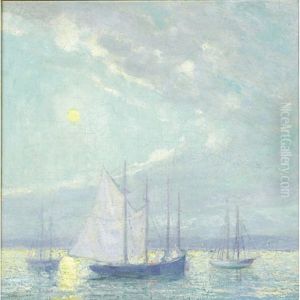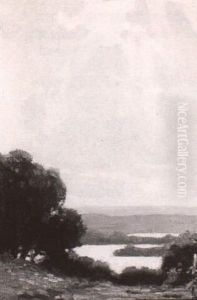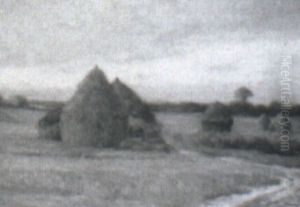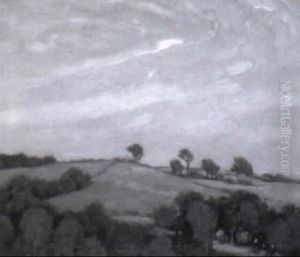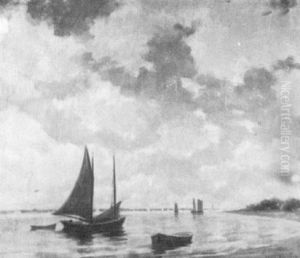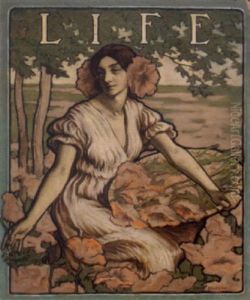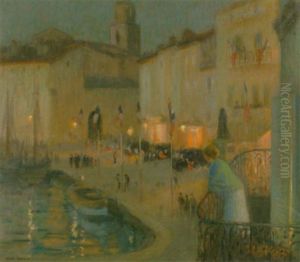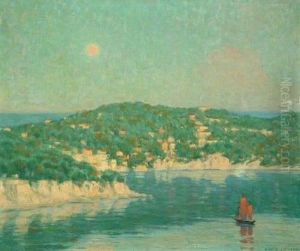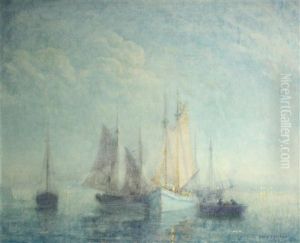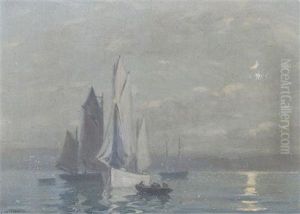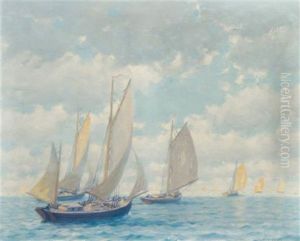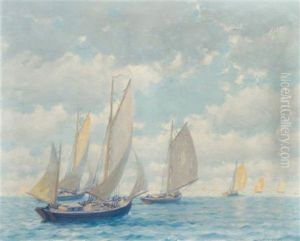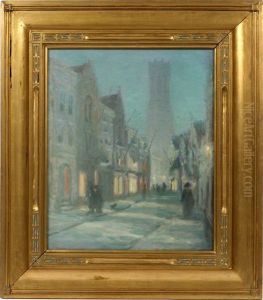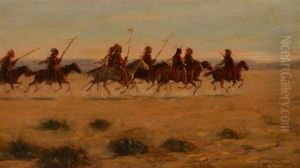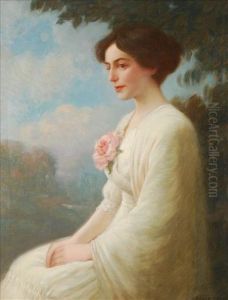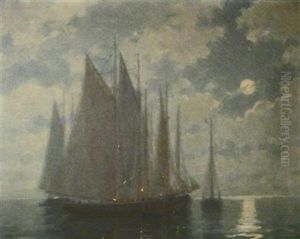David Ericson Paintings
David Ericson, born in 1869 in Finland, was a prominent early 20th-century American painter known for his landscapes, seascapes, and portraits. Ericson immigrated to the United States in the 1880s, where he began to cultivate his artistic skills. He settled in Minnesota, which became a significant source of inspiration for his work, particularly the state's vast natural landscapes.
Ericson studied art formally at the Minneapolis School of Fine Arts and later at the Académie Julian in Paris. His time in Europe was influential; he absorbed the techniques and sensibilities of the Impressionists and Post-Impressionists, which would shape his unique style. After returning to the United States, Ericson continued to evolve as an artist and began to establish his reputation.
Throughout his career, David Ericson was known for his ability to capture the subtleties of light and atmosphere, a skill that earned him considerable acclaim during his lifetime. He exhibited his work at various prestigious venues, including the Pennsylvania Academy of the Fine Arts, the Art Institute of Chicago, and the National Academy of Design. Ericson's paintings are characterized by a gentle, nuanced use of color and an often contemplative mood.
Although his work was rooted in the American landscape tradition, Ericson's European training and exposure to different art movements allowed him to develop a distinct style that bridged traditional and contemporary art of his time. His contributions to American art were recognized by his peers and by art collectors, and his works are held in several collections and museums.
David Ericson's career was marked by both critical and commercial success, and he continued to paint until his death in 1946. His legacy includes not only his rich body of work but also his influence on other artists, particularly in the Midwest, where he served as a link between the local art community and the broader artistic developments of the early 20th century.
